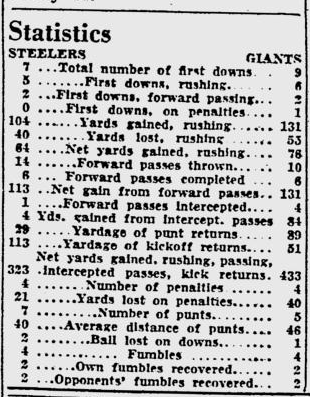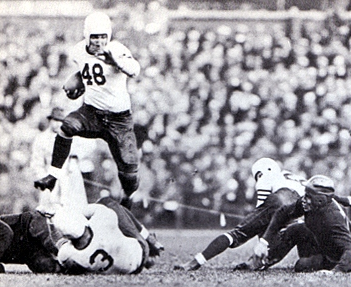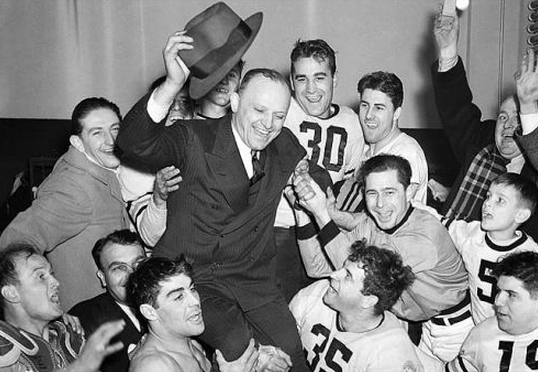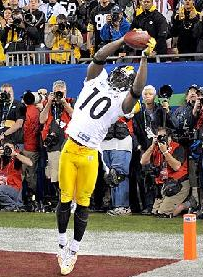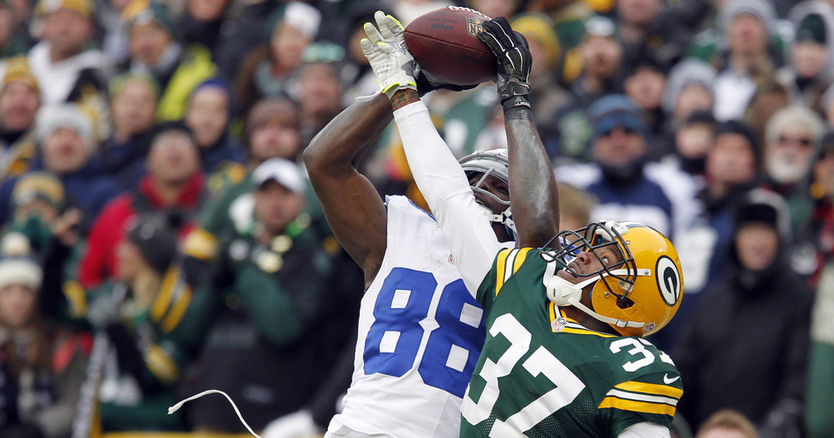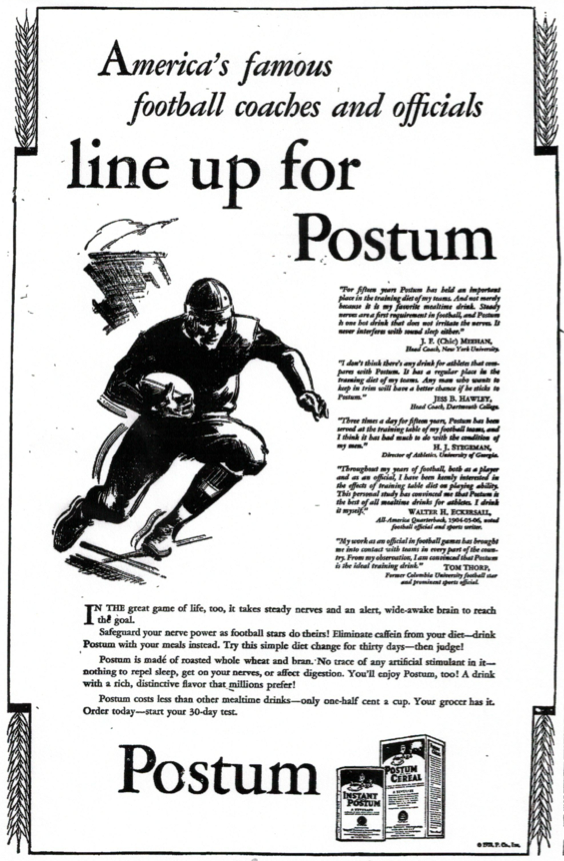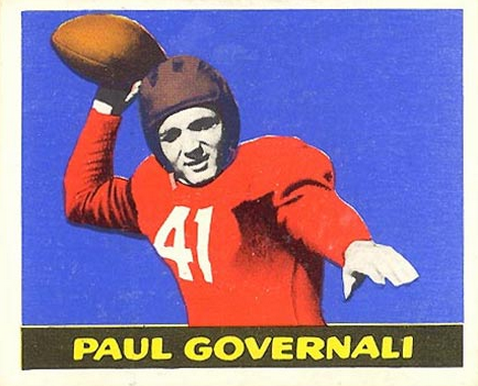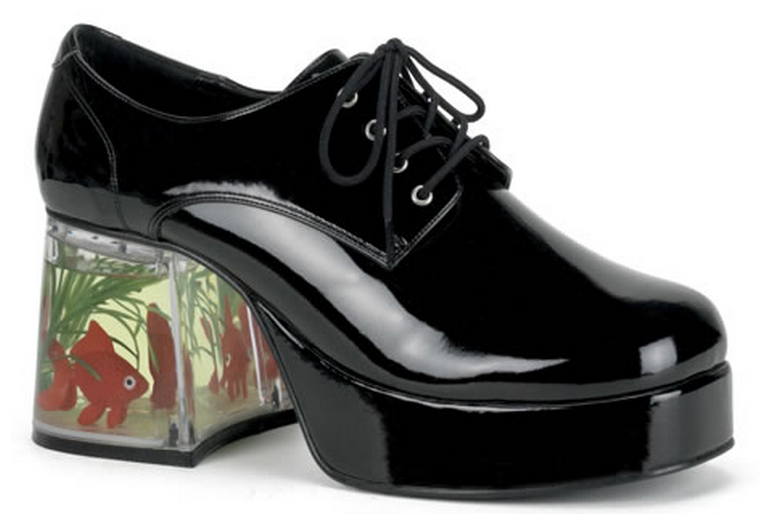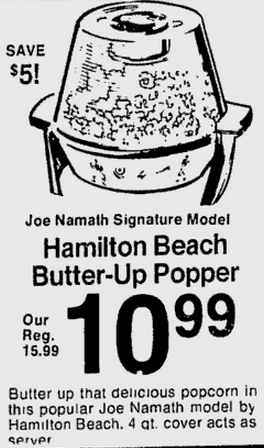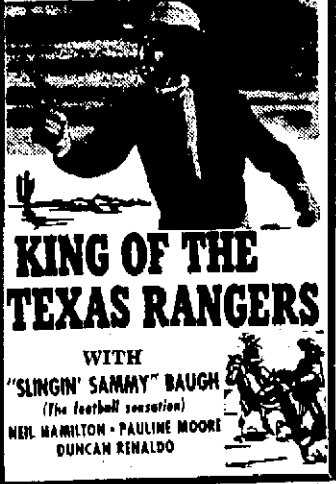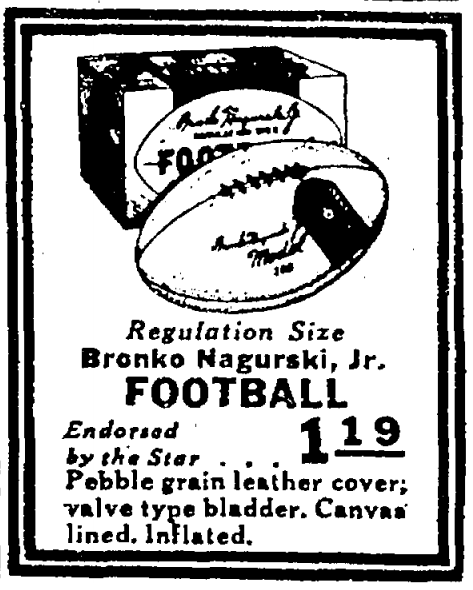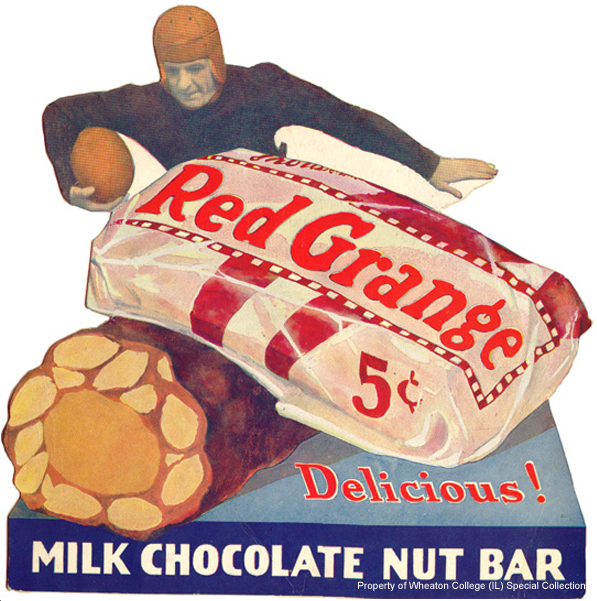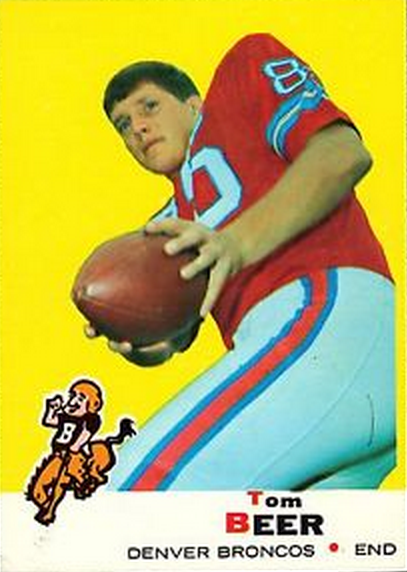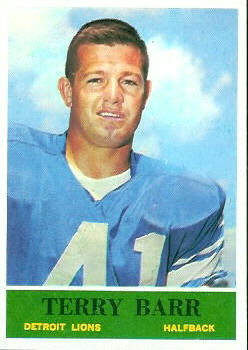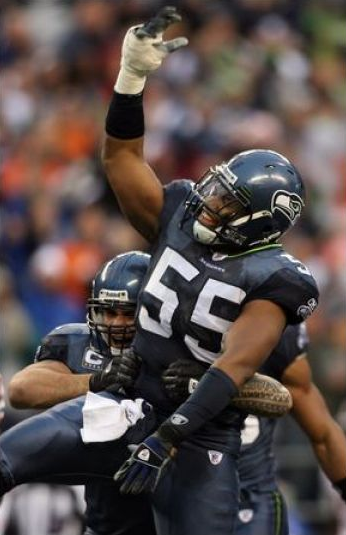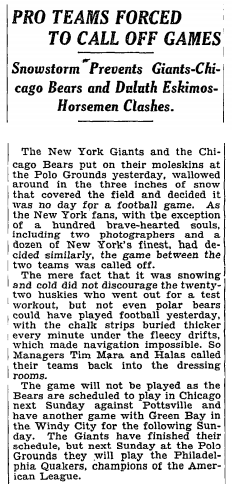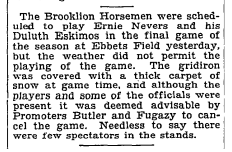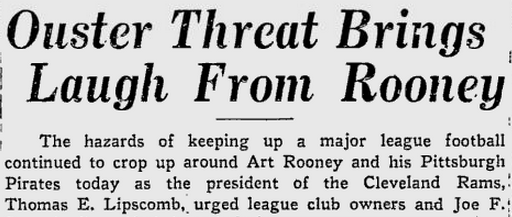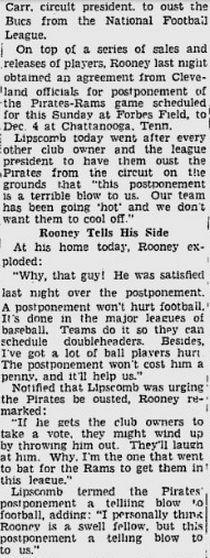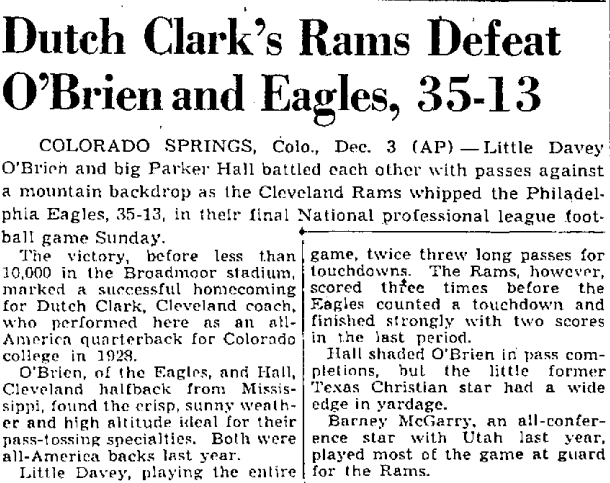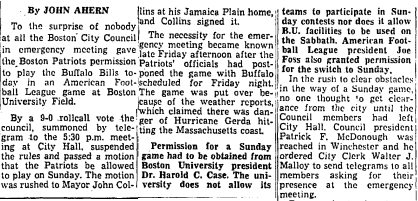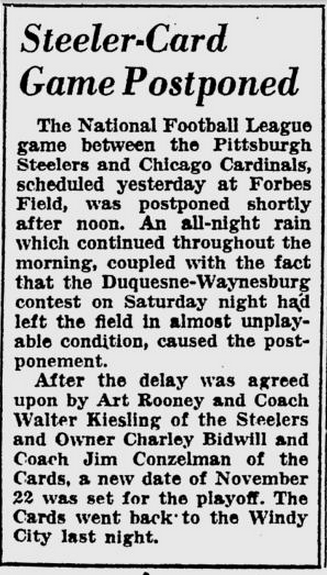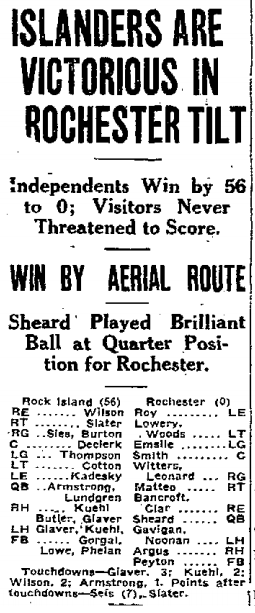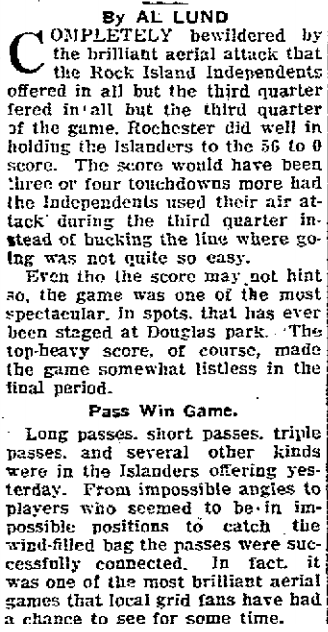The day before the Super Bowl, the tribal elders will gather in Phoenix for the Hall of Fame voting. The senior candidate this year is Mick Tingelhoff, a center for the Vikings for 17 seasons and a fixture on all-pro teams from 1964 to ’70. Tingelhoff is a fine choice; he’s just not, in my mind, the best choice.
For decades, the committee has been overlooking Duke Slater, a star tackle in the early years and one of the NFL’s first black players. Slater wasn’t just dominant, he was durable — at a time when careers tended to be much shorter than they are today. When he retired in 1931 after 10 seasons with the Chicago Cardinals and other clubs, only two players had played longer in the league: the Bears’ George Trafton and Packers’ Jug Earp.
One of these years, I keep telling myself, the selectors will come to their senses. But that’s probably wishful thinking. As time passes, Slater’s chances become more and more remote. It’s just how these things work, unfortunately. Out of sight, out of the mind.
Almost a decade ago, I laid out the case for Duke in The Washington Times. It was the year after another black pioneer, Fritz Pollard, had finally been voted in. Here’s my column — touched up here and there because, well, what writer can resist trying to improve on imperfection?
“Slater . . . is one of the best tackles who ever donned a suit. His phenomenal strength and quickness of charge make it almost impossible for his opponents to put him out of any play directed at his side of the line.”
— Wilfrid Smith (a former NFL player), writing in the Chicago Tribune, 1926
DETROIT — Ushering Fritz Pollard into the Pro Football Hall of Fame last summer, albeit four decades late, was one of the highlights of the sporting year. But let’s not stop there. In fact, as the selection committee prepares to vote in Reggie White this morning, it would do well to consider why another of the NFL’s early black players, the Reggie White of his day, continues to get the cold shoulder. I’m talking about Fred “Duke” Slater, who wreaked havoc in pro football’s trenches for a decade before going on to a distinguished career as a lawyer and judge.
Slater was actually a finalist for Canton in ’70 and ’71 and was under consideration as early as December 1963, when the Hall’s second class was elected. An Associated Press story that month listed six “strong candidates” — Ken Strong, Steve Owen, Sid Luckman, Bulldog Turner, Art Rooney and Slater. The first five were inducted within four years; only Duke has been denied.
There are a number of reasons for this, none of them particularly acceptable. One is that Slater spent his career with second-tier teams such as the Chicago Cardinals, Rock Island (Ill.) Independents and Milwaukee Badgers, two of which no longer exist. (The Cardinals, of course, are in Arizona now.) To the winners go the Hall of Fame busts. Another is that Duke died in 1966 at the age of 68 and didn’t have any children, so there’s no one to campaign for him, to keep his name alive. Then there’s the problem of playing a position — tackle in the single-platoon days — for which there are no statistics, only the occasional newspaper mention.
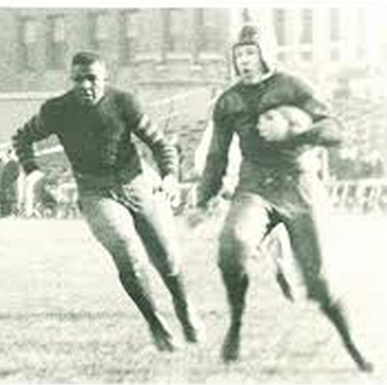
Helmetless Duke Slater looks for somebody to block during college days.
But the most obvious reason probably makes the most sense: Slater was a black man in a white man’s world, plenty good enough to play but lacking the “necessities” for canonization (to borrow Al Campanis’ infamous term). Indeed, the scant number of Hall of Famers from the ’20s, coupled with Pollard’s long-delayed election, make you wonder whether the NFL is trying to forget that benighted era — which was followed by an even more reprehensible period (1934-45) in which blacks were excluded entirely.
In Pro Football: Its Ups and Downs, the first book ever written about the pro game, founding father Harry March summed up the prevailing sentiment thusly: “There are many sane arguments against playing colored men in games requiring physical contact. There are so many Southern boys in the league that much feeling is sure to result. Then, too, the management is frequently embarrassed by the refusal of dining cars and restaurants to serve the colored players and of hotels to give them the desired accommodations which the white players receive. . . . The Indians object more to playing against Negroes than do the Southern men for some reason.”
In two of his 10 seasons, 1927 and ’29, Slater was the only black player in the NFL. Another year, 1924, he sat out a game in Kansas City at the insistence of the home team. (His Rock Island club lost that day, killing its title chances.) So it’s no surprise that, in this climate, Duke didn’t make any all-NFL squads — though he was picked for the second eleven five times.
He also was selected to the Chicago Tribune’s unofficial all-pro team in 1926 by sportswriter Wilfrid Smith. Smith, a former NFL lineman, offered this testimonial:
“Slater . . . is one of the best tackles who ever donned a suit. His phenomenal strength and quickness of charge make it almost impossible for his opponents to put him out of any play directed at his side of the line.”
Duke could be just as daunting as a blocker. In his rookie year in 1922, he helped clear the way as Rock Island rushed for nine touchdowns against Evansville (which, despite what the league says, is the all-time record). And toward the end of his career in ’29, he did much of the heavy lifting when Cardinals great Ernie Nevers set a mark, still unbroken, with six TDs against the Bears. Slater’s efforts that day earned him the following praise from the Chicago Herald and Examiner: “Duke Slater, the veteran colored tackle, seemed the dominant figure in that forward wall which had the Bear front wobbly. It was Slater who opened the holes for Nevers when a touchdown was in the making.”
From first year to last, in other words, Duke Slater was a standout. Just as he’d been at Iowa, where he earned All-American honors in 1921. Slater spent his childhood in Chicago, playing football in a vacant lot on Racine Avenue that afterward became the site of the Cardinals’ field. But then his father, a minister, took a job in Clinton, Iowa, which is how Duke wound up playing for the Hawkeyes.
By the time he graduated he was 6-1, 215 pounds — a “colored colossus,” the papers liked to call him. He also was much desired by pro teams, even while still in college. An opponent once reminisced: “All them college guys picked up a few bucks on Sunday playing pro ball. I saw one guy five times under five different names before I got his real name — Duke Slater.”
As highly regarded as he was as a tackle, Slater might have been even more admired for his sense of fair play and get-along disposition. March praises him in his book for “refrain[ing] from ‘heeling’ a Giant player coming through the line, saving the ball carrier from injury. When commended for this sportsmanlike action, he smiled and said, ‘The little fellow was stopped — why should I hurt him?’”
Another time, a rookie — and fellow Iowa alum — had to go up against Slater in his first pro game. The kid feared it would be his last game if the famed tackle overran him, and Duke, naturally, knew this.
“Since his team was already winning,” Paul Minick later recalled, “he took pains to make me look good. When the game was over, people told me how I had played Slater even. But I knew it was just another example of Duke’s kindness of heart.”
Slater got his law degree and began practicing while still an active player. After retiring from the Cardinals he was named an assistant district attorney and grew so popular with the masses — being such a likable guy and so committed to civic causes — that when he ran for municipal court judge in 1948 he received nearly a million votes. At a dinner honoring Duke in 1960, Chicago Mayor Richard J. Daley called him “the best there is in citizenship, and the best there is in judgeship.”
Slater lost his wife Etta, herself the daughter of a preacher, in 1962. Four years later, stomach cancer claimed Duke. It’s been more than three decades now since Hall of Fame voters gave him so much as a second thought. Hard to believe, especially considering this passage from the Bears’ media guide in 1946, the season Kenny Washington and Woody Strode re-integrated the NFL with the Rams:
It was back in 1920 when George Halas organized the Staleys [now the Bears] at Decatur, Ill. That was in the early days of professional football. It was the day of mighty men of the gridiron, too. Men like Jim Thorpe, Paddy Driscoll, Guy Chamberlin . . . Link Lyman and Duke Slater.
Yes, once upon a time, Duke Slater was one of the “mighty men of the gridiron.” But strangely, sadly, it hasn’t been enough to get him into the Hall. The evidence is overwhelming, but for the judge there has been no justice.
From The Washington Times, Feb. 4, 2006
Source: pro-football-reference.com
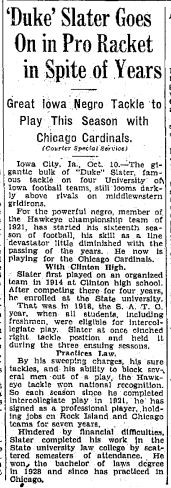
Oct. 10, 1929 Waterloo Evening Courier
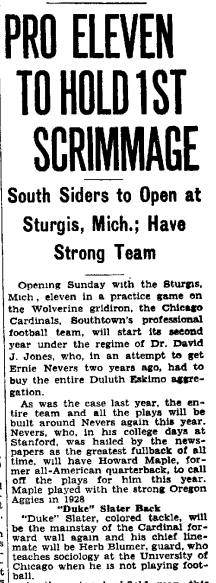
Sept. 12, 1930 Southtown Economist

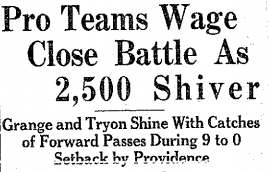
 How cool is that? It’s 1927 — 1927! — and you’ve got a paper keeping track of the distance passes traveled in the air and how far receivers ran after the catch. Yards After Catch didn’t really enter the football lexicon until the 2000s, but here’s the Herald charting it in the Red Grange era. It’s a shame we don’t know who dreamed up the idea. The guy was way ahead of his time.
How cool is that? It’s 1927 — 1927! — and you’ve got a paper keeping track of the distance passes traveled in the air and how far receivers ran after the catch. Yards After Catch didn’t really enter the football lexicon until the 2000s, but here’s the Herald charting it in the Red Grange era. It’s a shame we don’t know who dreamed up the idea. The guy was way ahead of his time.